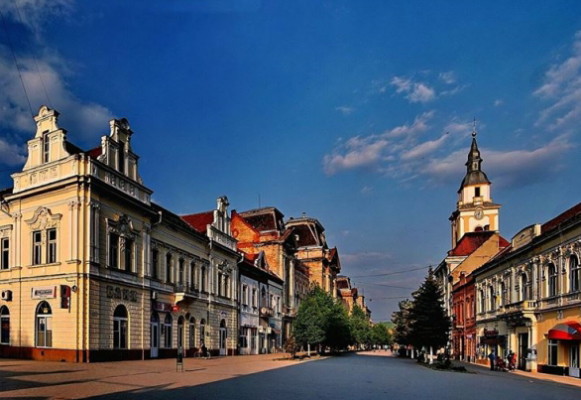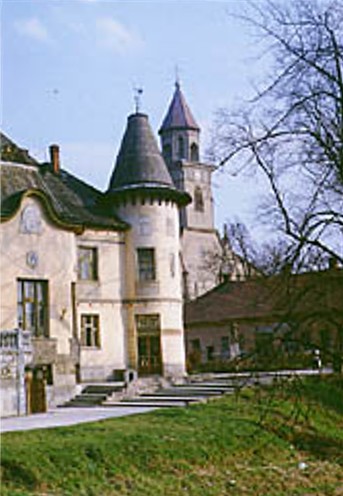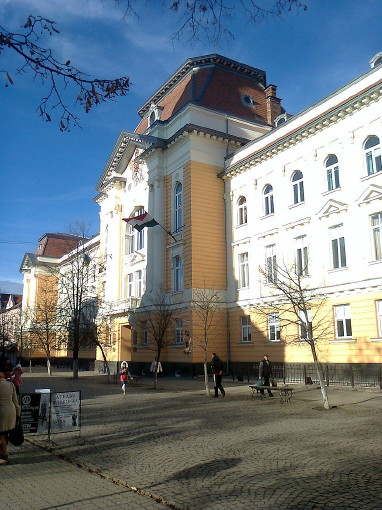Berehove
Berehove or Berehovo (Ukrainian: Берегове or Берегово; Hungarian: Beregszáz). Map: V-3. A city (2019 pop 23,732, with a substantial Hungarian population), located in the Tysa Lowland; raion center in Transcarpathia oblast. Founded as a Saxon colony in the 11th century AD, Berehove is situated in Hungarian ethnic territory (before the Second World War Ukrainians constituted 10 percent of the population in Bereg komitat [Berehove county]). Under Czechoslovak rule it was a center of Ukrainian cultural life in southern Transcarpathia. A Ukrainian gymnasium was situated here. Berehove has furniture, clothing, brick-and-tile, and ceramics plants and a wine and food industry. Vineyards are located nearby. A 15th-century Gothic Roman Catholic church is located in the city. Berehove is the cultural centre of the Hungarian minority in Ukraine. A Hungarian pedagogical institute, the Transcarpathian Hungarian Institute—the only institution of this kind in Ukraine—is located in Berehove.
[This article originally appeared in the Encyclopedia of Ukraine, vol. 1 (1984).]
.jpg)




.jpg)